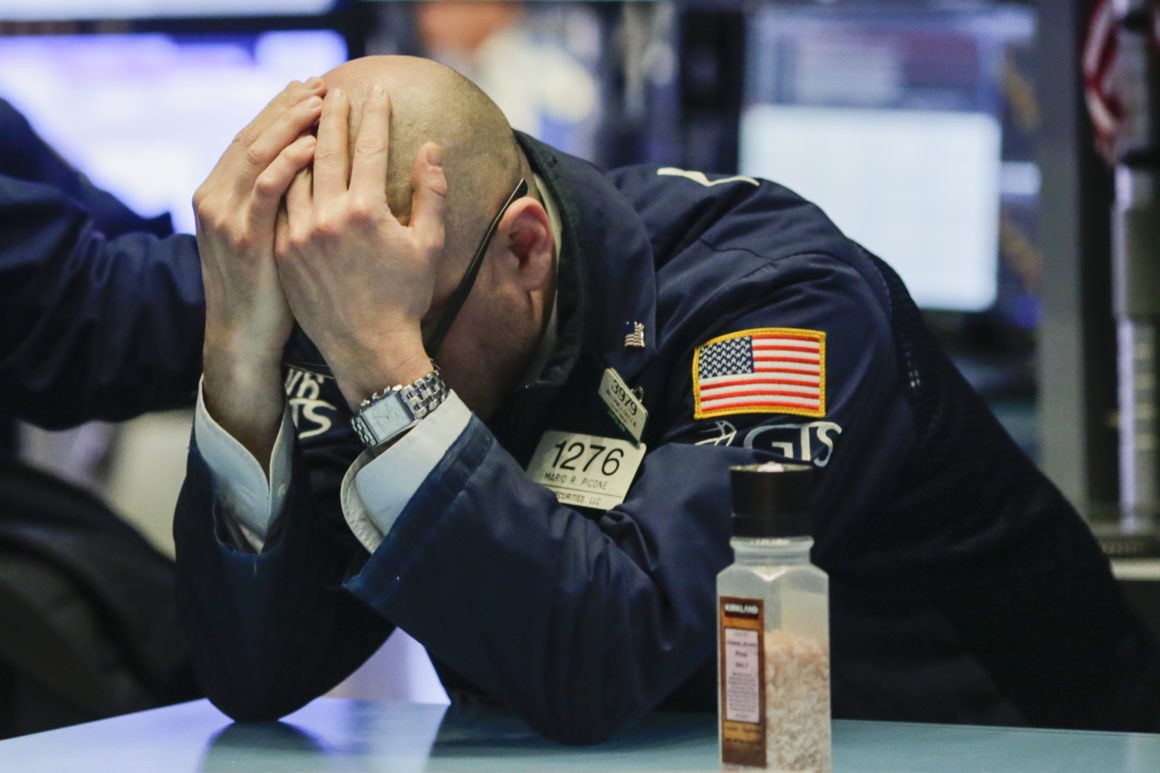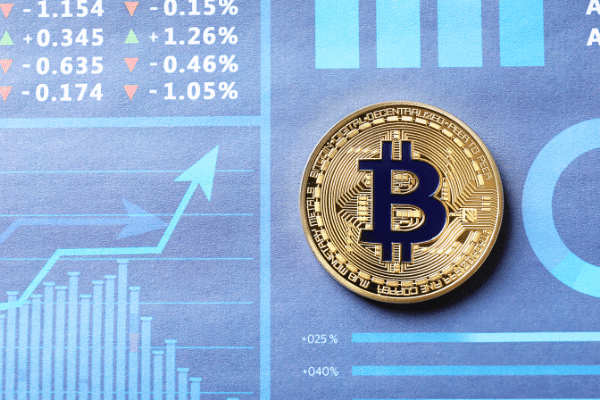
- Retail traders run out of numbers and money to seriously affect the U.S. equity markets as institutional investors return to the forefront
- Heavy sell down by professional investors meant that retail traders have been largely whipsawed by the volatility
Where have all of retail gone?
Long time passing?
Where is their meme stock throng?
Long time ago.
– Sung to the tune of “Where Have All the Flowers Gone” by Pete Seeger
Given that at its peak, retail traders made up as much as one in four of every trade on U.S. stock exchanges, more professional investors have been paying attention to retail swings than at any other point in the past.
Unlike many Asian stock exchanges, for decades, retail flows into U.S. stocks has generally been a trickle, with the vast majority of trading being conducted by hedge funds and other institutional investors.
But all that changed in a heartbeat when stimulus checks fell like manna from heaven into the hands of American households and slick digital brokerage apps like Robinhood Markets made trading almost like playing a mobile game.
What ensued was one of the most well-worn David vs Goliath stories in financial market history, when retail investors with no clear leader, banded together to punish short sellers of video game retailer GameStop, sending its stock wildly higher and inflicting billions of dollars of pain on the so-called “smart money” with Melvin Capital, the unfortunate short seller in the cross hairs of the mom-and-pop trader nursing losses of over 40% last year.
But fast forward a year later, and things have changed dramatically.
The stimulus checks have been all but spent, or stuck inside unprofitable positions in the stock market and institutional investors are striking back.
Many of the retail crowd’s favorite speculative tech stocks have fallen dramatically as hedge funds drove a brutal selloff at the start of this year.
The prospect of tighter U.S. monetary policy is also forcing a reordering of institutional portfolios, creating a landscape that is less favorable to day-trading retail investors, accustomed to buying the dip and selling the rally.
Bearing in mind that although retail investors were a significant source of flow at their peak, they were never in the majority and are now badly outnumbered and overwhelmingly outgunned.
Volatility does not favor most retail trading styles, as most day traders sitting in their garages or basements tend to favor long positions and aren’t as skilled using options and futures to hedge their bets in both directions.
Other metrics like earnings announcements, valuation and guidance are also starting to muscle out Reddit postings, tweets and TikTok videos.
Retail investing has also slowed somewhat, with flows now estimated to be just under a fifth of all transactions, some ways off the pandemic peak.
Nevertheless, retail traders, while on the ropes, are not down for the count, sending a net US$41 billion into stocks last month, according to estimates from Morgan Stanley, even as hedge funds shed holdings on concerns that higher interest rates would batter their reliable winners like tech stocks.



